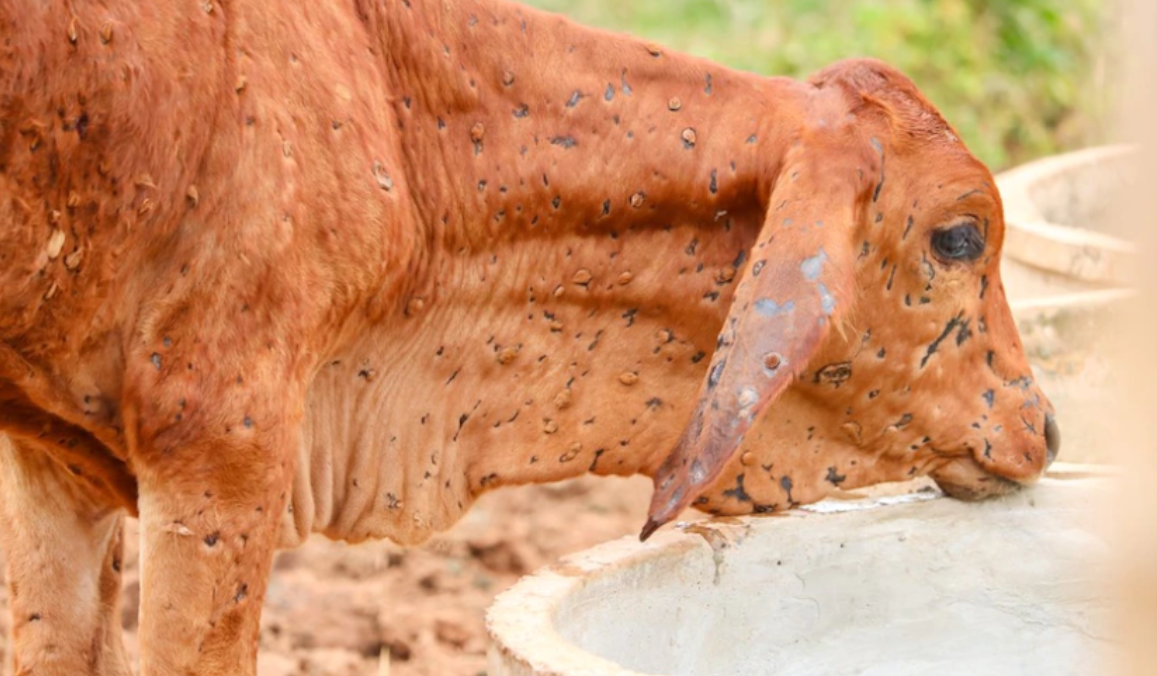The World Organisation for Animal Health (WOAH) has confirmed two outbreaks of lumpy skin disease (LSD) in Spain.
The first case was reported in a herd of cattle in the municipality of Castelló d’Empuries, which is situated in the province of Girona in Catalonia.
The outbreak was confirmed on October 3 by WOAH and, as a result, Spain has lost its LSD-free status.
Three animals on the farm were confirmed to have contracted the disease, leaving the rest of the 123-head herd susceptible.
On October 6, the Spanish government confirmed to WOAH that a second outbreak had been recorded on a 270-head herd.
WOAH verified that four cattle from this herd, also based in Catalonia, had tested positive for LSD.
This leaves Spain with seven animals confirmed to have the disease, and a further 393 susceptible in less than a week.
WOAH have said that the following measure have been applied to both herds:
- Control of vectors;
- Disinfection;
- Official disposal of carcasses, by-products, and waste;
- Disinfestation;
- Slaughter;
- Traceability;
- Surveillance outside the restricted zone;
- Surveillance within the restricted zone;
- Zoning;
- Vector surveillance.
Europe
The Castelló d’Empuries municipality is located in Catalonia on the north-east side of Spain, 40km from the French border.
France only confirmed its first case of the disease in late July in the south-eastern Savoie region, while the first case of LSD in the EU was only confirmed in June of this year in Italy.
This was the first case of the disease to be reported within the EU since 2017, which has now spread through three EU countries in just four months.
Lumpy skin disease
LSD is a contagious and viral disease which is characterised by nodules on the skin of cattle (10-50mm), causing severe illness.
The disease is notifiable, meaning any suspected cases must be reported to the Department of Agriculture, Food and the Marine (DAFM) immediately in accordance with the law.
Cattle can contract LSD through biting insects such as mosquitoes, biting flies, and ticks, who feed on skin lesions of infected animals.
However, the most likely way for Ireland to get the disease is by importing an infected animal or insect, therefore strict biosecurity is essential.
Animals that do contract the disease may present signs such as fever, reduced milk yield, weight loss, discharge from the eyes and nose, and the diseases characteristic to nodular skin lesions.
However, it is estimated that only 10-30% of infected animals show symptoms, and DAFM have warned that the disease has an incubation period of between 4 and 14 days.
Ireland and the UK have never reported any cases of lumpy skin disease and still hold LSD-free statuses.

